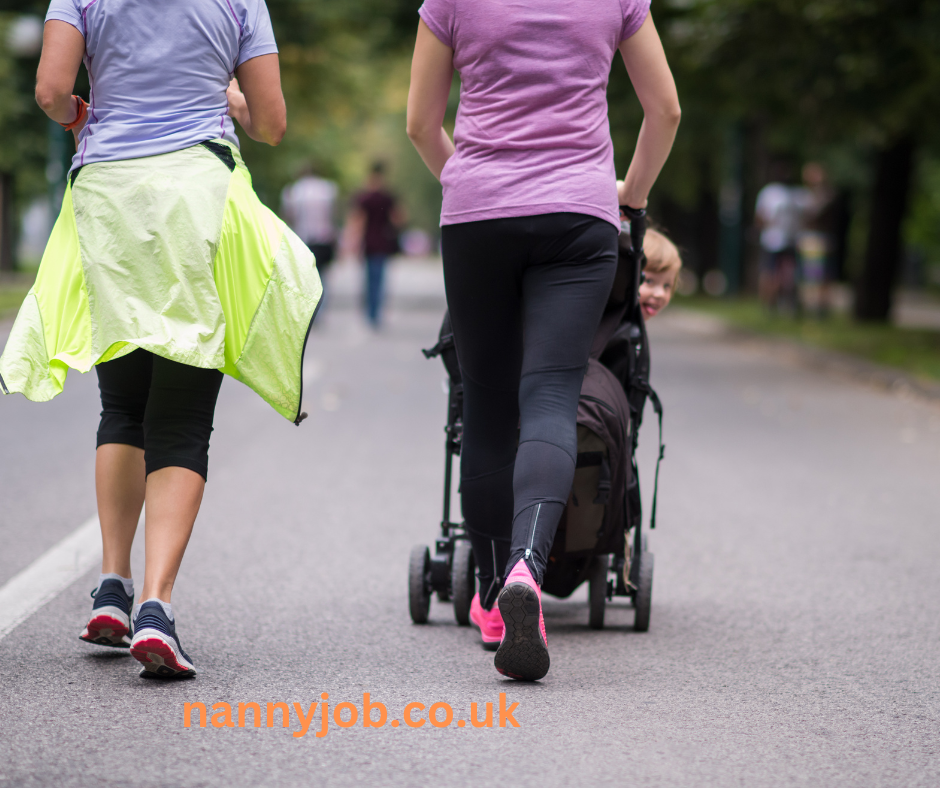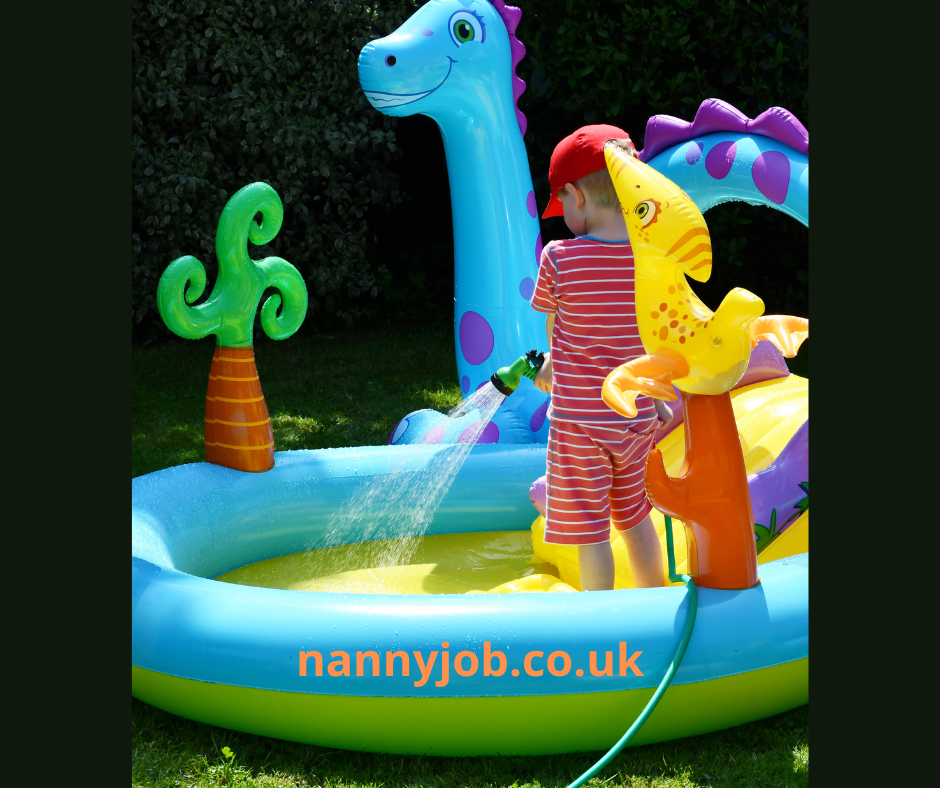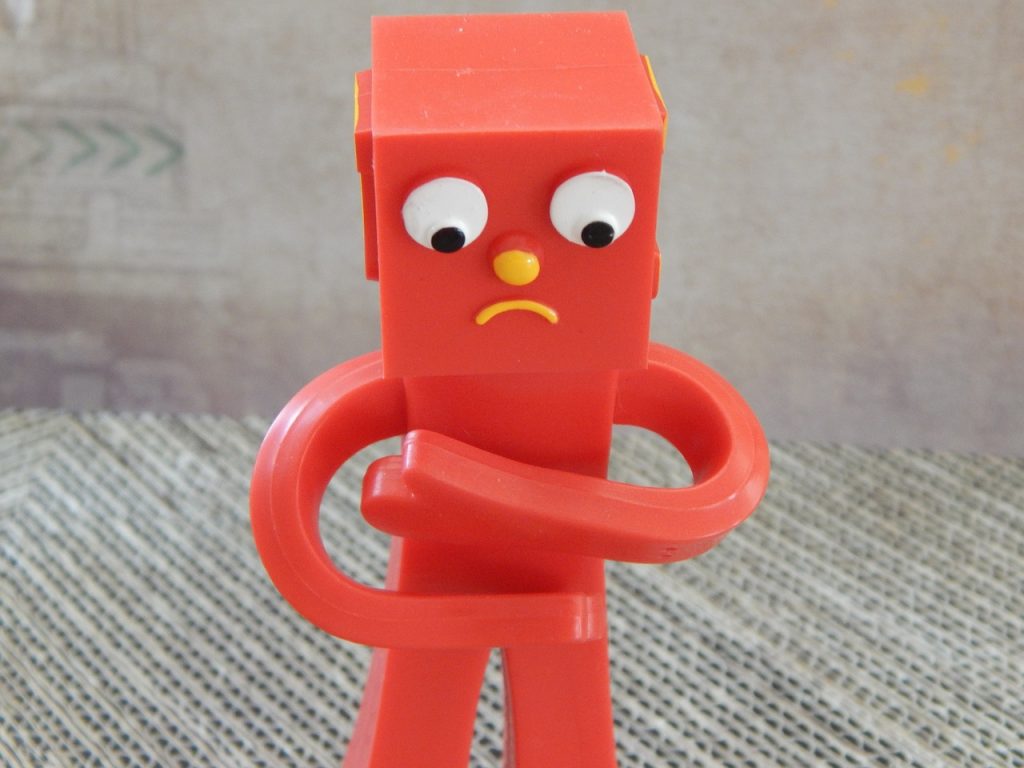With summer definitely peeping around the corner, we have already seen some glorious, hot days but how do you keep cool when it’s so hot? Here are some of our top tips

With summer definitely peeping around the corner, we have already seen some glorious, hot days but how do you keep cool when it’s so hot? Here are some of our top tips
1. Drink plenty
Hot weather can lead to dehydration really quickly so avoid caffeinated, fizzy or very sugary drinks. Make water more interesting by adding a squeeze of lemon, lime or orange, summery berries, some bruised mint leaves or flavoured ice cubes.
2. Wear sunscreen, shades and hats
Children in particular need protecting from the sun’s rays so apply plenty of sunscreen before going outside, always wear a hat and protect your eyes with sunglasses. If you’re responsible for kitting kids out then find wide-brimmed hats and wrap-around sunglasses they like.
3. Careful in cars
Cool down cars before getting in by opening doors and windows for a few minutes. Before popping children in the car check seat covers, straps and buckles to make sure they’re not too hot. Never leave a child in the car unattended even for a very short period – they can heat up very quickly.
4. Water-play it safe
Splashing around in swimming and paddling pools is a great way to cool down, and so is water play outside, but remember a child can drown in just a few centimetres of water so keep a close eye on them whenever near water.
5. Keep the sun out the house
Closing blinds and curtains during the day will keep the house cooler. This is especially important for children’s bedrooms which should be kept between 16C and 20C.
6. Don’t be overdressed
Although it’s a good idea to ear wear long-sleeved, loose clothing to protect skin from the sun make sure that babies in particularly aren’t overdressed for the weather. Natural fibres are coolest and choose thin fabrics.
7. Pack picnics carefully
If you’re going out to the day remember that food can spoil very quickly in this heat. Make sure cool bags are kept cool with ice packs that have been well frozen beforehand. Avoid foods containing meat or egg and limit dairy too. If you usually prepare formula in advance and keep it cool, consider using ready made cartons as it’s unlikely the milk will stay below 5C when you’re out and about.
photo credit: Simon Blackley via photopin cc

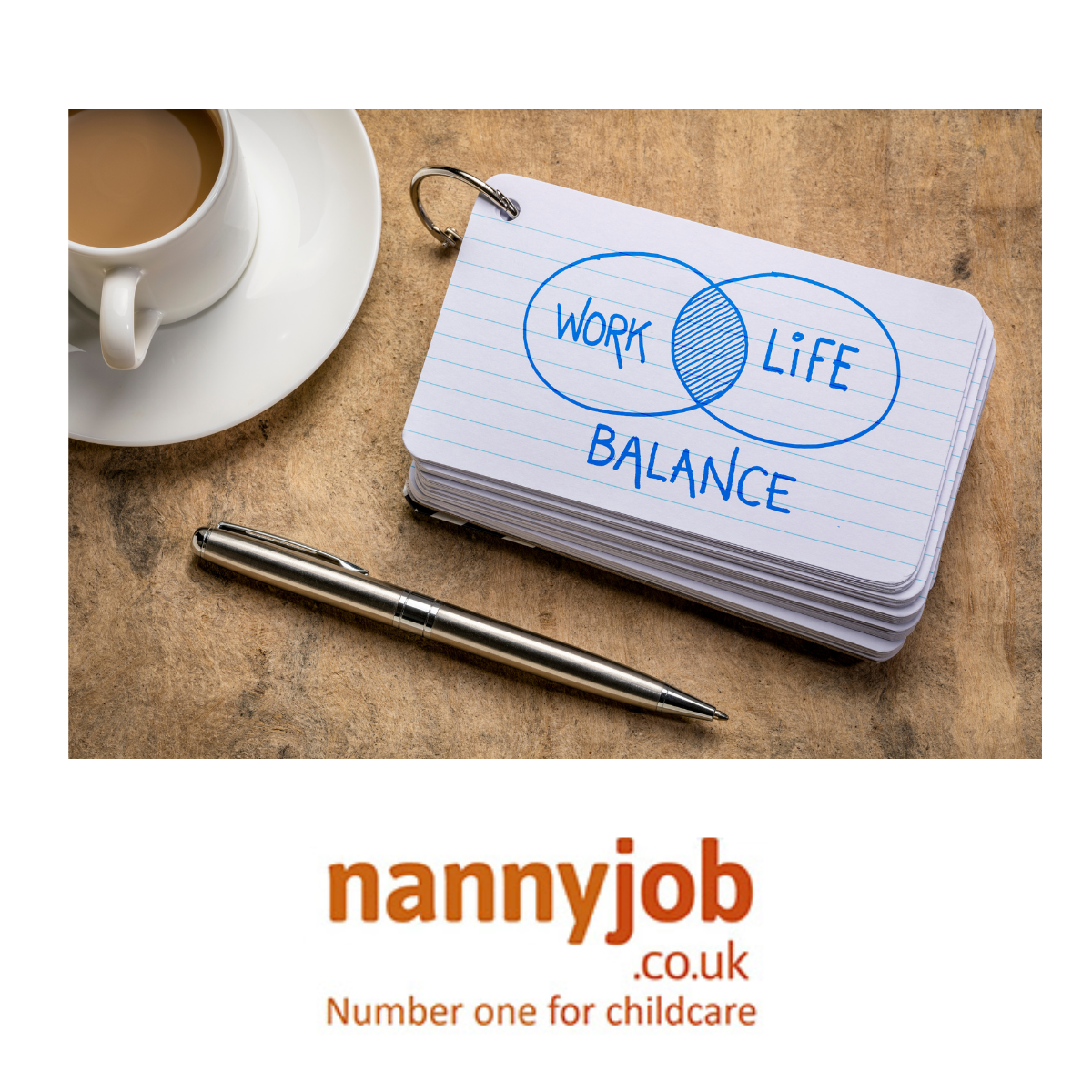
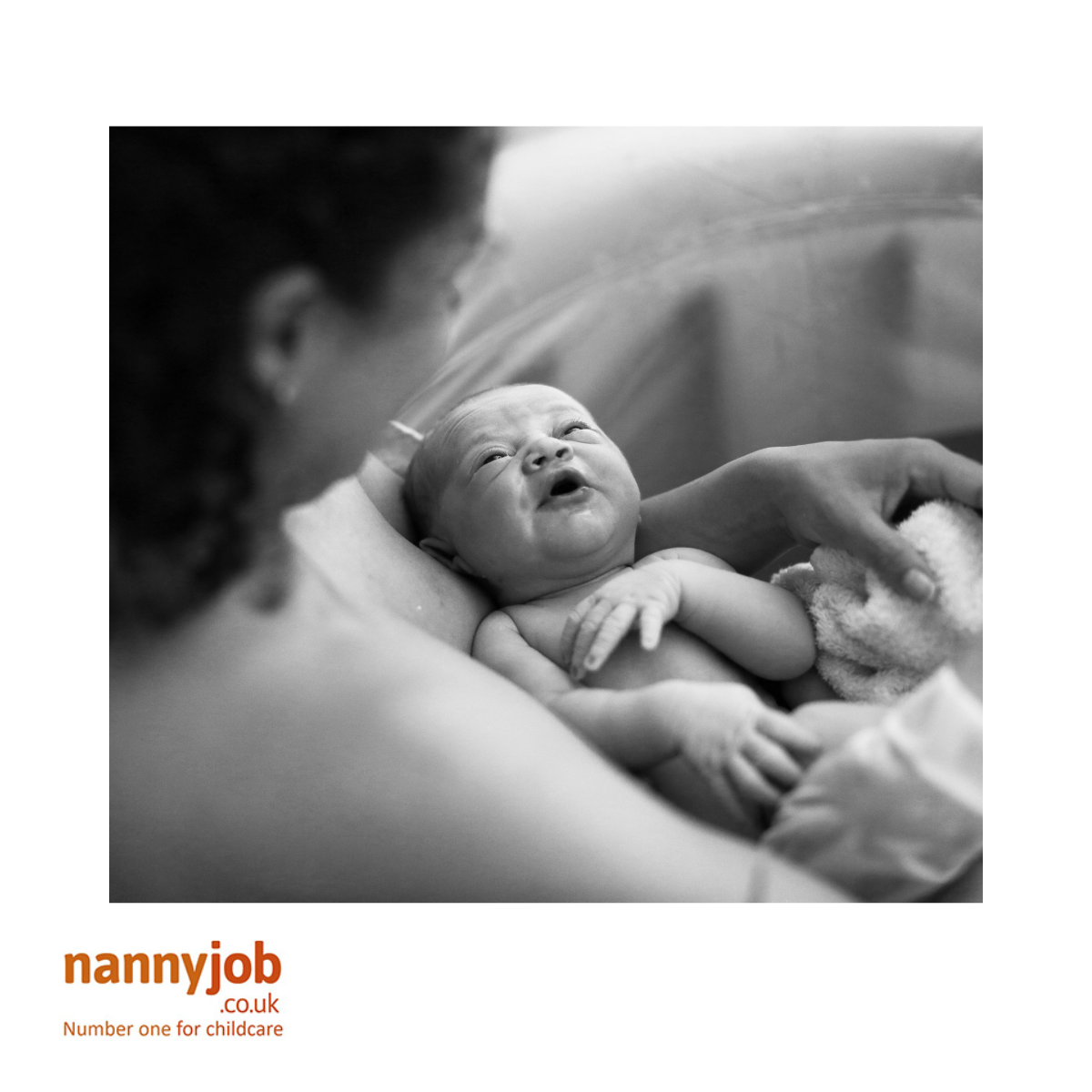



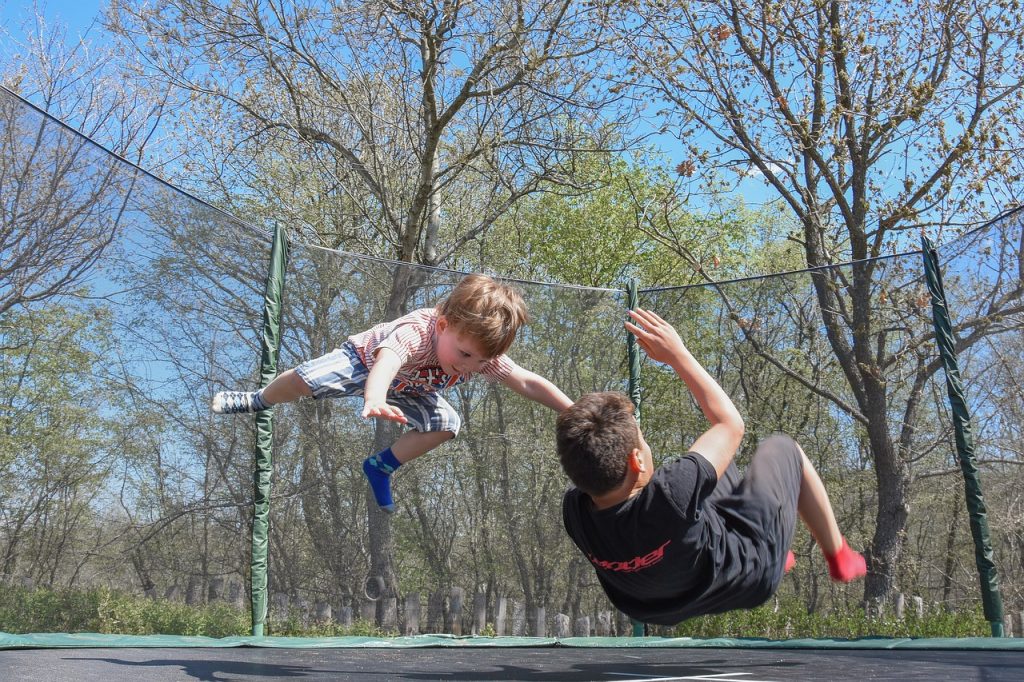
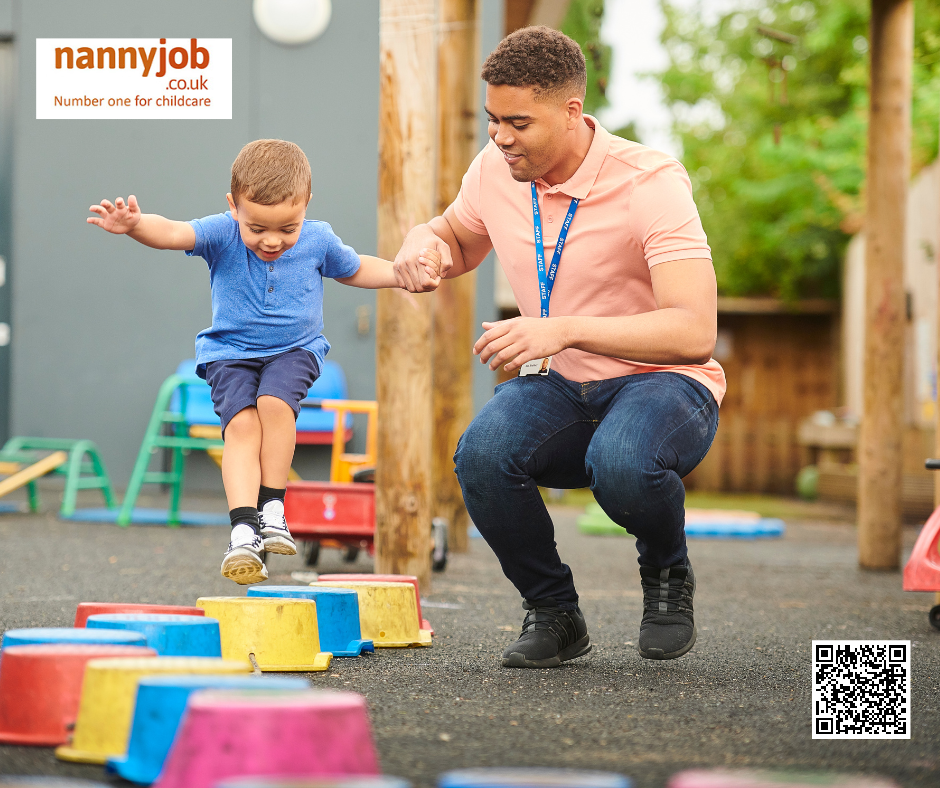

 With the cost of living on the increase and many of us watching the pennies (and pounds!) you might decide to recreate some of the fun at home with sparklers or by building a small bonfire with older children, maybe even doing some campfire cooking. The most important thing to keep in mind is that fire, and fireworks, are dangerous.
With the cost of living on the increase and many of us watching the pennies (and pounds!) you might decide to recreate some of the fun at home with sparklers or by building a small bonfire with older children, maybe even doing some campfire cooking. The most important thing to keep in mind is that fire, and fireworks, are dangerous.